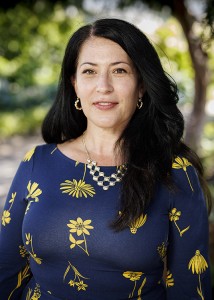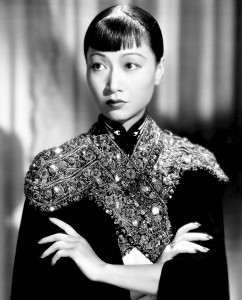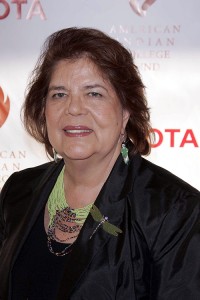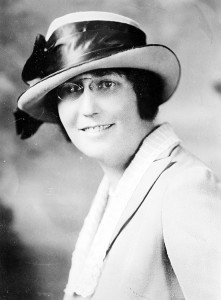Women’s History Month: Candace Parker
Monday, March 27th, 2023
March is Women’s History Month, an annual observance of women’s achievements and contributions to society. This month, Behind the Headlines will feature woman pioneers in a variety of areas.
Candace Parker is an outstanding American women’s basketball player. Parker, a forward, is tall for a female player at 6 feet 4 inches (193 centimeters). She became the first woman to dunk in a National Collegiate Athletic Association (NCAA) basketball game and then the first to dunk twice in a single NCAA game. Parker is known for her ability to control the game through offense, often leading in points and rebounds.
Candace Nicole Parker was born on April 19, 1986, in St. Louis, Missouri. Her family later moved to Naperville, Illinois. She was a star player at Naperville Central High School, leading her team to state championships in 2003 and 2004. Parker committed to play at the University of Tennessee in 2004. She played for Team USA on the U18 (under age 18) team that won the gold medal at the International Basketball Federation (FIBA) Americas Championship. In 2006, Parker joined the Women’s Senior National Team. The next year, she led the team to win the FIBA Americas Championship, qualifying it for the 2008 Summer Olympics.
Parker redshirted her first season at the University of Tennessee due to a knee injury. A so-called redshirt player limits their participation in a sport to avoid losing a year of eligibility. Parker helped lead the University of Tennessee to women’s NCAA basketball championships in 2007 and 2008. In both seasons, she led the team in points and rebounds and was named the Most Valuable Player (MVP) of the tournament’s Final Four phase.
The Los Angeles Sparks of the Women’s National Basketball Association (WNBA) made Parker the first player selected in the 2008 WNBA draft. She became the first player to be named the WNBA’s MVP and Rookie of the Year in the same year, for the 2008 season. Parker was named MVP again in 2013. The Los Angeles Sparks defeated the Minnesota Lynx to claim the 2016 WNBA title. Parker scored 28 points and grabbed (caught) 12 rebounds in the final game. She was named the Finals MVP for the tournament. In 2021, Parker signed a two-year contract with the WNBA’s Chicago Sky. That season, she led the team to win the WNBA title against the Phoenix Mercury. In 2023, Parker signed a contract to play for the WNBA’s Las Vegas Aces.
Parker has also played in professional leagues in China and Russia, winning numerous league titles and individual awards. She played on United States teams that won gold medals in international competitions, including the 2008 and 2012 Summer Olympic Games.














